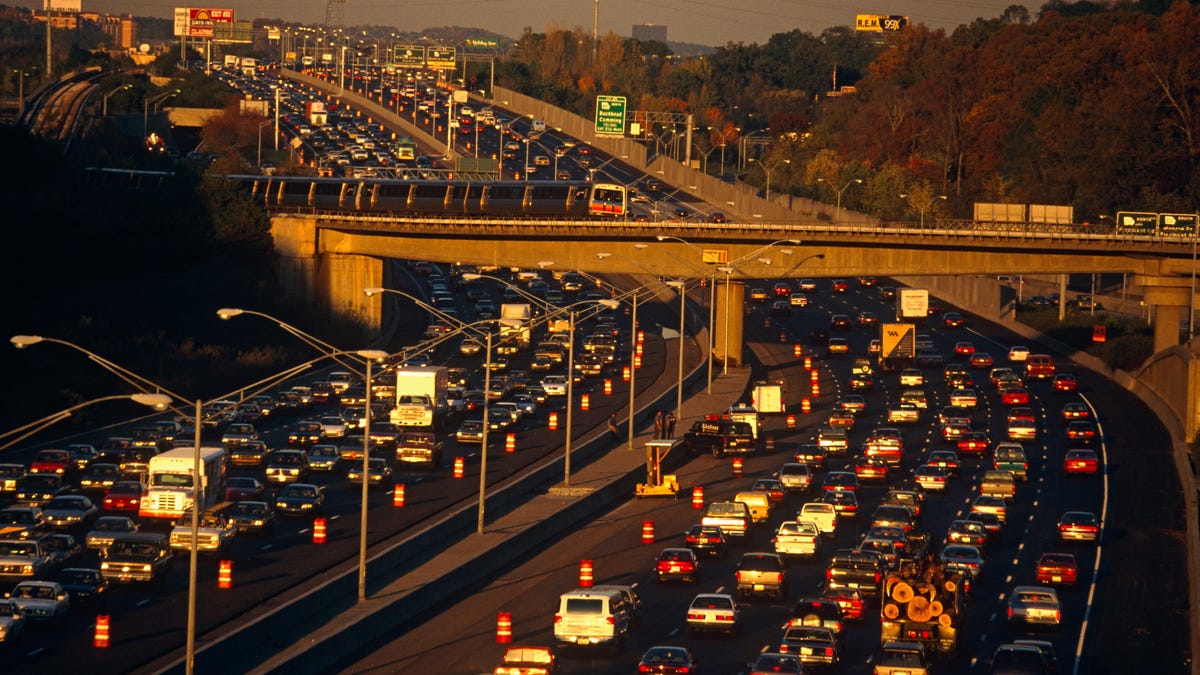
Many places in the Midwest and northern United States could shrink drastically by the turn of the century, according to a new study based on five climate scenarios. By the same token, according to the researchers, the populations of 40% of U.S. cities could grow by 2100.
The five scenarios are known as the Shared Socioeconomic Pathways (SSPs), and they were established by the Intergovernmental Panel on Climate Change’s Sixth Assessment Report. The five pathways describe different trajectories that humankind might take as societies develop in the next century and as populations continue to react to the impacts of climate change.
Advertisement
The pathways are as follows: ‘Sustainability: Taking the Green Road’; ‘Middle of the Road’; ‘Regional Rivalry: A Rocky Road’; ‘Inequality: A Road Divided’; and ‘Fossil-fueled Development: Taking the Highway’. You can read detailed descriptions of these here, but the basic idea is that each scenario considers how changes in social, economic, technological, and ecological trends will reshape the world by 2100. The team’s research describing the potential population trends is published in Nature Cities.
Advertisement
They combined existing data on fertility rates, urbanization, and migration with U.S. Census and American Community Survey data to predict what trends would play out in each SSP situation. They found that 43% of American cities may depopulate by the turn of the century—meaning that between 12% and 23% of the U.S. population will be on the move. They also concluded that all states but Hawaii and Washington, D.C. will face some amount of city depopulation.
Advertisement
Some of the cities likely to depopulate, according to this research, are Cincinnati, Pittsburgh, Buffalo, St. Louis, Memphis, Baltimore, Milwaukee, Detroit, Cleveland, Toledo, Baton Rouge, Lansing, Hartford, and Birmingham.
Among the cities projected to grow by 2100 are New York City, Los Angeles, Atlanta, Houston, Philadelphia, San Francisco, Denver, Salt Lake City, Phoenix, Charlotte, Austin, Oklahoma City, and San Antonio.
Advertisement
“We need to shift away from growth-based planning to maintain and provide infrastructure in a sustainable way for all these cities,” said study author Uttara Sutradhar, a civil engineer at the University of Illinois, Chicago, in an email to Gizmodo.
“Cities” in this study are really “Places” as defined by the U.S. Census, meaning that the work looks at population centers from the largest cities to rural areas. Sutradhar added that the team found large urban centers were less likely to shrink in population than small cities in more rural areas.
Advertisement
How the population trends of the next 76 years actually play out on a national scale remains to be seen, but the IPCC laid out the fundamentals pretty plainly last year: we’re in a critical, rapidly closing window to mitigate the worst possible impacts of climate change on society.
Services Marketplace – Listings, Bookings & Reviews